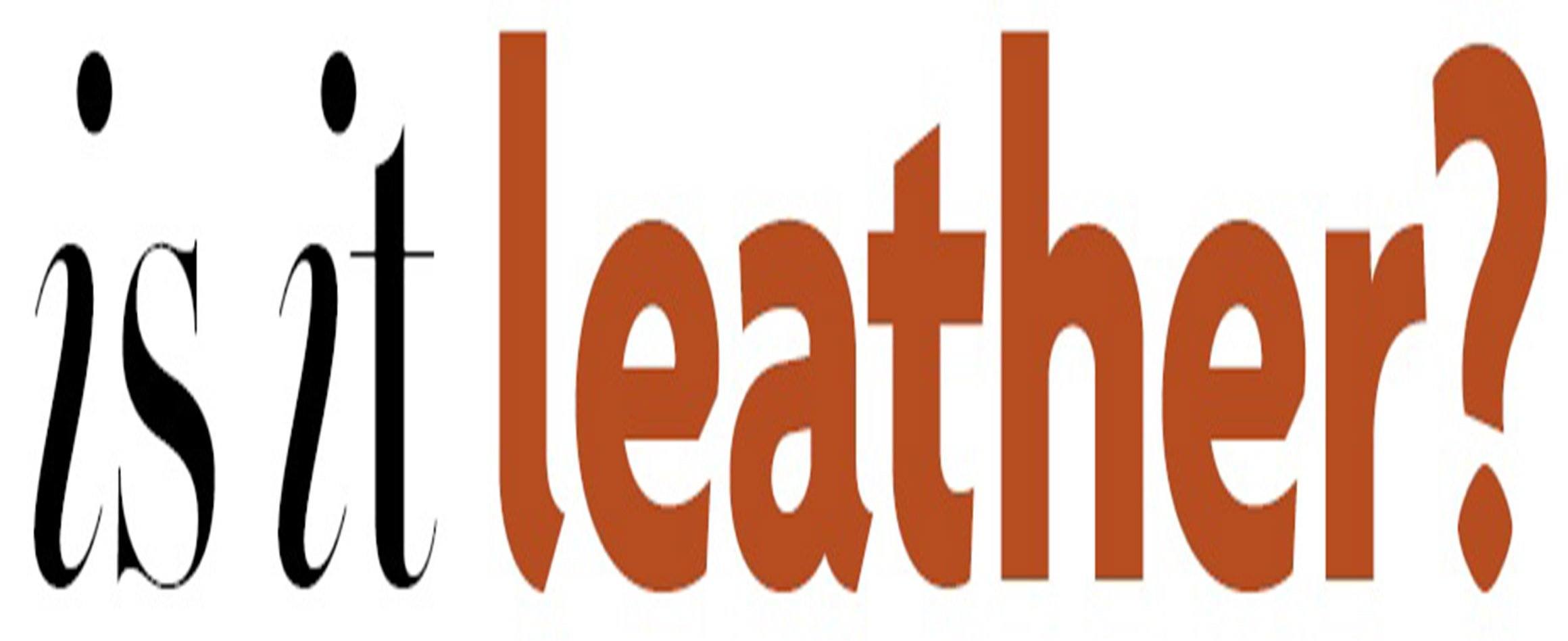At LL, understanding the make-up of leather, and knowing how to care for it, is as important to the company as the beauty and fashion forwardness of the designed pieces. In the choices available today for shoes, bags, billfolds, belts and travel ware, leather is still the major contender. Its special qualities of appearance; wear ability and versatility will never be replaced. To use leather bags, carry-on's or accessories will always be a status symbol.
Today, manufacturers have developed look-a-Iike products that even experts have to study closely to be sure it is genuine leather. Here are some thoughts that may guide you to make the right buying decision:
First of all, a little background. Leather is tanned by one of two processes: chrome mineral or vegetable. The chrome-tanned leather is more flexible and is used in soft handbags, billfolds and clothing. Vegetable tanned leather, because it is generally stiffer, is used for shoe soles and belts. Both tanning processes can be used for the same items such as belts, packing cases, handbags and billfolds to name a few. Newer tanning processes have somewhat blurred the distinction between the two processes, so a hide may be chrome tanned and than be vegetable re-tanned.
Synthetic products have been developed to replace the chrome-tanned leathers used in handbags, travel bags and attaches. Some vinyl materials are so close to leather, they are used unnoticed in the same article. In a handbag for example the front and back panels might be leather and the rest matching vinyl. How can you know? Here are several things to look for:
- Appearance: Leather is like your skin, it has pores. Examine very closely the grain. Unless the leather is finished with heavy layers of pigment, one should notice the hair pores clearly. Also look for small blemishes or uneven pores. No natural hide is totally perfect. Any Imperfections will show your article is real leather.
- Price: Leather is normally more expensive than vinyl. If the price seems below your expectations, than give it another look. A good leather bag will normally not be inexpensive.
- Look for labels: Most manufacturers who make leather bags will proudly show so on tags outside or labels on the inside.
- Last but not least: look for a label or trademark you trust. A company with a reputation for good leather will not be selling something that looks like leather but is not.
Besides the leather aspect, here are some other things to look for in buying a leather bag.
- Hardware or findings: These are the buckles, snaps and locks. Do they work easily? Do they look like inexpensive cast models with little weight or do they feel solid and heavy? Hardware can usually divided into four categories: die cast, die cut, wire shaped or sand cast. In die cast a pewter-like alloy is used. It is somewhat brittle and can break easily. It is easy to produce and is therefore used extensively. It is plated with gold or silver, which in time can wear off. Die cut hardware is punched out on heavy pressure machines and is normally used for the plates over combinations locks etc. Wire shaped hardware is also common as it is used for buckles where the joint is hidden from view by a leather strap. These can pull apart with heavy use. The last category, sand cast is one of the oldest and has proven to be the most reliable. Molten brass (a copper alloy) is poured into a hollow chamber of sand in the size or shaped needed. Brass has the advantage of being somewhat flexible, never peels and will last forever. With time it will develop a “patina” but can easily be brought to a lustrous finish with silver or brass polish. Since each item is hand finished it is normally one of the more expensive findings.
- Check the zippers: Do they slide easily? Do they appear to be if anything, too heavy for the item? On luggage pieces you will need at least a number 8 (teeth 8 mm wide) zipper and on handbags nothing less than a number 5 or 6. Avoid any size zipper that you would normally find on clothing, they are simply not strong enough for leather items. Nylon coil zippers are normally more trouble free than brass or nylon teeth zippers. Once a tooth on a zipper is gone, the total zipper must be replaced, whereas, a coil zipper can often be fixed by lining up a out of line coil tooth or adjusting the zipper head. If the nylon coil zipper has a nylon tape on each side of the coil instead of cotton it will last for an even longer time.
- Lining: Look closely at the lining in the bag. The tighter the weave, the less possibility it will tear out. Linings are very important in leather bags since leather virtually lasts forever; a bad lining can ruin your purchase quickly. Check if the lining is waterproof. Waterproof linings will tear less easily. They will also allow you to wash out the bag when something is spilled inside. In the case of travel items, it will protect your clothing and of course protect your leather from the backside. Two liquids that can ruin leather permanently are ink and nail polish remover. A waterproof lining will prevent this damage.
- Stitching: Look for nylon as opposed to cotton stitching. Cotton will eventually deteriorate (more so in a humid climate) whereas nylon will last for a lifetime.


